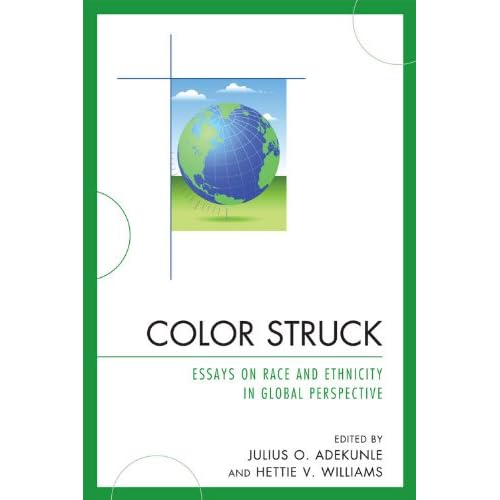Comparing biracials and monoracials: Psychological well-being and attitudes toward multiracial peoplePosted in Dissertations, Identity Development/Psychology, Media Archive on 2010-10-24 21:52Z by Steven |
The Ohio State University
2008
108 pages
Publication ID: AAT 3332205
Peter J. Adams
A Dissertation Presented in Partial Fulfillment of the Requirements for the Degree Doctor of Philosophy in the Graduate School of The Ohio State University
The study of biracial individuals and their unique experience has been limited. As biracial individuals increase in number, understanding their experiences will become more important to psychologists and mental health professionals.
The purpose of the study was to compare biracial individuals and monoracial individuals on measures of psychological well being, ethnic identity, and attitudes towards biracial people. The present study examined one general research question and three hypotheses: General Research Question & Hypotheses . (1) Will scores on measures of ethnic identity, individual self-esteem, collective self-esteem, subjective well being, and attitudes toward biracial children significantly differ between biracial and monoracial groups? (2) Bracey, Bamara, and Umana-Taylor’s (2004) results on self-esteem and ethnic identity will be replicated in this study on adults. (3) When compared to monoracial individuals, biracial individuals will have significantly more positive attitudes towards biracials (4) A positive relationship exists between psychological well being and attitudes towards biracials for biracial individuals.
Participants completed a web-based survey from an undisclosed location of their choosing. Participants were solicited from various multicultural and professional psychology list serves and through Ohio State University’s Research Experience Program.
Results indicated that biracial adults appear to be as psychologically well adjusted as their monoracial counterparts. Results even suggested that biracial adults have more realized ethnic identities than their monoracial counterparts. Bracey et al.’s (2004) results were replicated in the present study (biracials were found to be as psychologically well adjusted as monoracials). Also, a positive relationship was found between biracial individuals’ psychological well being and their attitudes towards multiracial children. Support for the second hypothesis was not found – biracial individuals in the study did not have more positive attitudes toward biracials than their monoracial counterparts.
Implications of the findings along with the limitations of the study are discussed. Recommendations of future research are also given.
Purchase the dissertation here.



